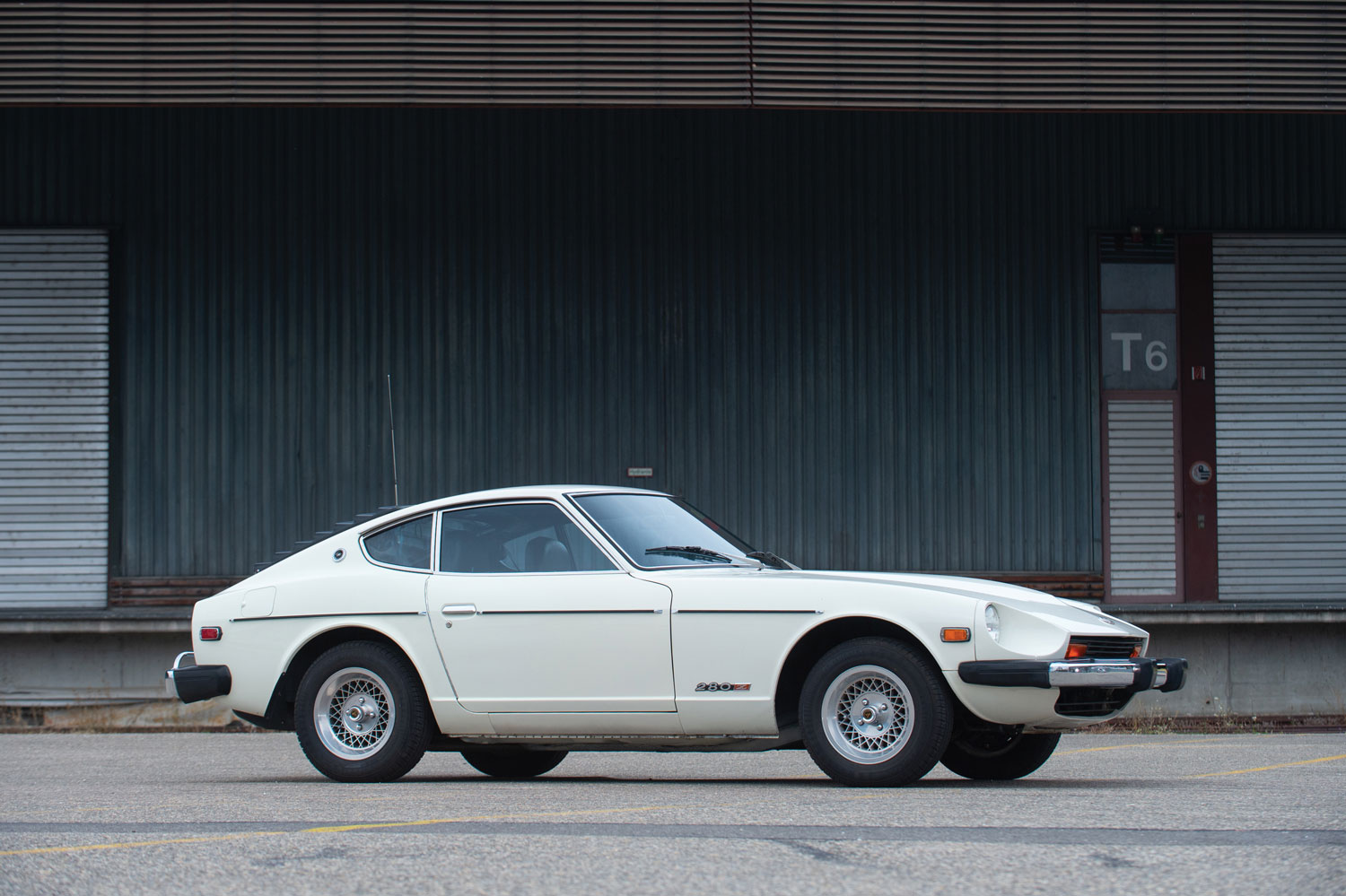Media | Articles
Datsun 280Z prices surge, leaving some buyers in the lurch
Datsun’s Z-cars have a tremendous following; all generations of these celebrated Japanese sports cars deliver lively handling and spirited performance, but not all models are as desirable to collectors. Compared to the 240Z, the 1975-1978 Datsun 280Z had remained a tremendous bargain—until recently. Still, the 280Z is a lot more affordable than the original Z-car.
After shooting up quite a bit to kick off 2020, current 280Z #1 (Concours) values look a lot like 240Z values at the beginning of 2019 and are also quite similar to the one-year-only 1974 260Z. Even the longer-wheelbase 280Z 2+2 has seen its #1 values jump up considerably, gaining more than 40 percent while #2 (Excellent) values remain temptingly affordable.
This is not a new phenomenon, as desirable models will typically drive up the price of similar cars, even when they’re not the same brand. In the case of the 240Z vs the 280Z, the later cars still share much of the gorgeous 240Z styling but add crash-resistant bumpers—the scourge of many mid-‘70s sports cars. Thankfully, Datsun stylists did an admirable job integrating the big bumpers and the original lines still shine through.
Between late 2017 and 2019, the 1975-1978 Datsun 280Z saw only very small increases in price, and it was simply riding the market average with a Hagerty Vehicle Rating (HVR) score of around 50. But between January 2019 and January 2020 the median #2 (Excellent-condition) value increased 33 percent. This shot the HVR score up to a 62 in our latest look at the numbers.
Marketplace
Buy and sell classics with confidence


[Note: The Hagerty Vehicle Rating takes auction and private sales results, insurance quoting activity, and the number of new policies purchased into consideration, to sort hundreds of car models and compare them to the collector car market as a whole. Our valuation team then assigns a score from 1-to-100, with a 50 denoting a car that’s perfectly following the overall market trend. Popular cars that are gaining interest and value will score higher, those with flagging interest or sale prices score lower. A vehicle’s position on the list isn’t always a sign of future collectability, it’s more of a pulse of the current market.]
The 12-month change in number of quotes was down for 19 of the last 24 months on the 280Z, meaning that the number of quotes has been steadily dropping for the last two years, even before the newest surge in price, and it reached its lowest point in August of 2019. Since then it has rebounded a bit, although the recent uptick in values may have priced some buyers out of the market.
Hagerty valuation specialist James Hewitt had this to say about the 280Z: “It’s odd to see a Japanese car that has been a recent topic of discussion be held down by such a low quoting score, let alone an actual drop in quotes. Recent movement in the 240 market will hopefully bring increased interest as buyers play the substitution game for drivers’ cars.”
There’s a cottage industry for back-dating air-cooled Porsches to look like older examples, so it may not be too long before we see the same kind of treatment lavished on later Z-cars. Until then, it seems that buyers might be more tempted by the cleaner styling of the 260Z, the last real bargain in the Z-car market.
Like this article? Check out Hagerty Insider, our e-magazine devoted to tracking trends in the collector car market.



